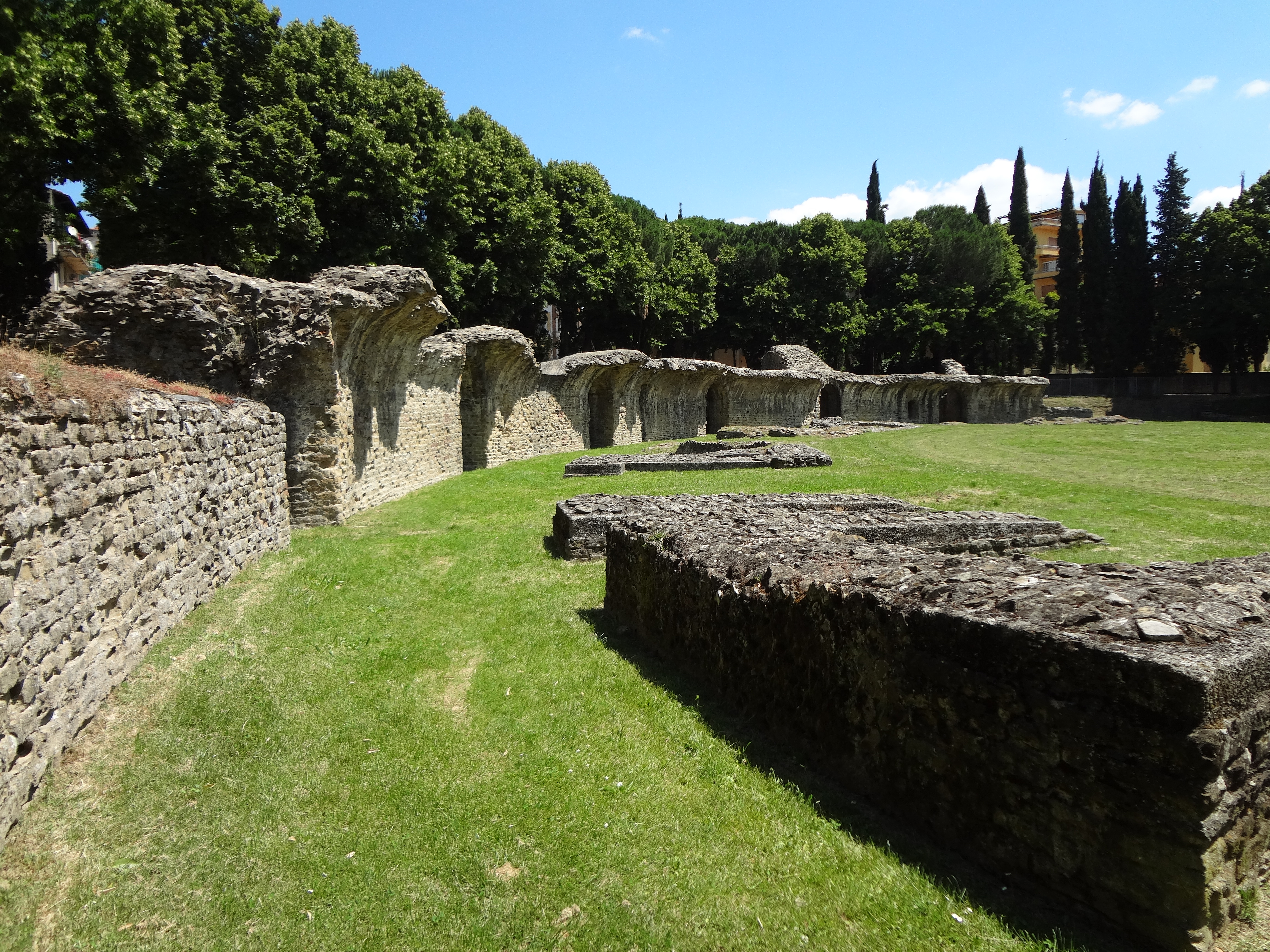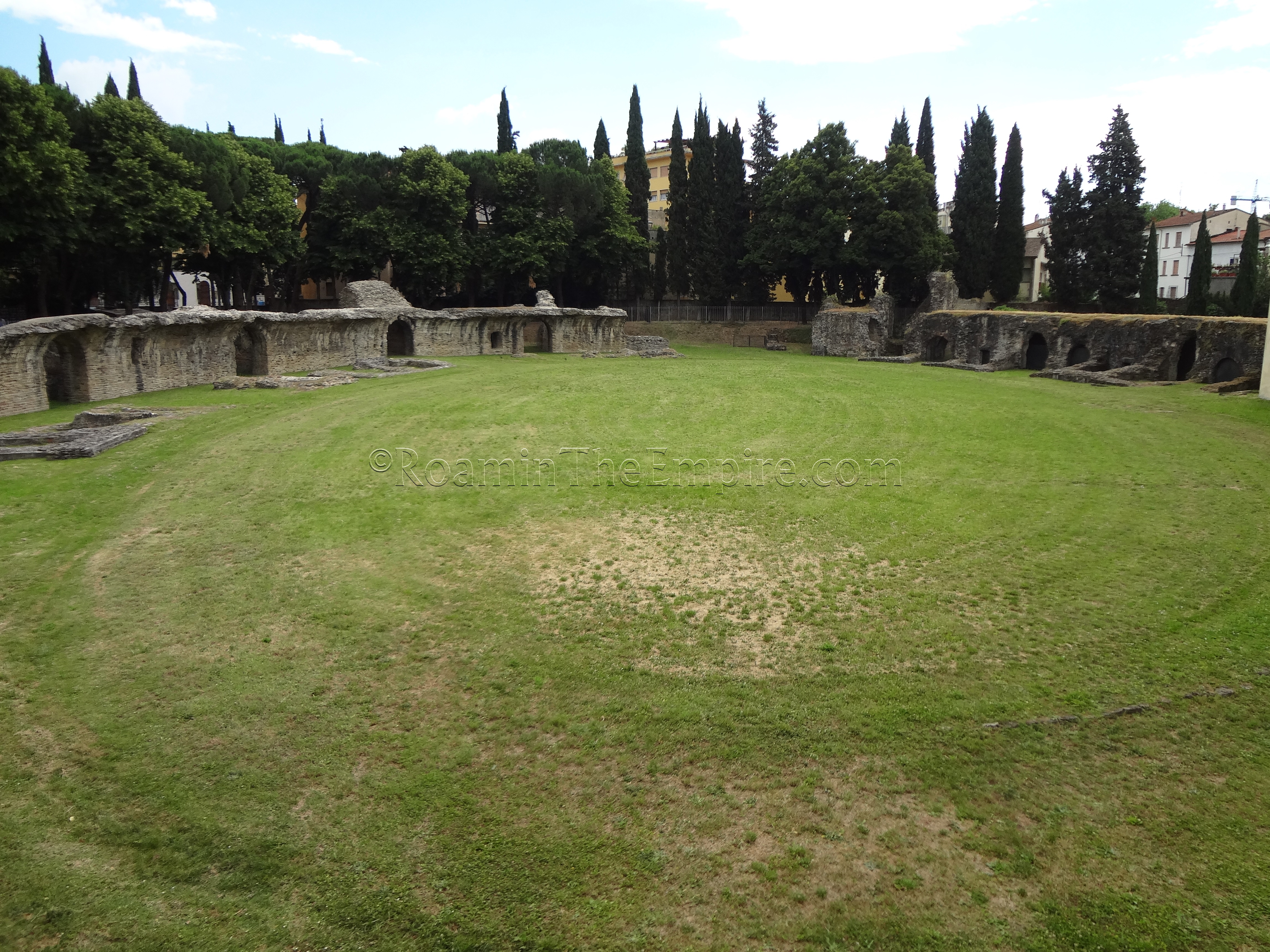
Most Recent Visit: July 2013
Quick Info:
Address:
Via Margaritone, 10
52100 Arezzo
Hours:
Monday-Saturday 8:30-19:30
Sunday 13:30-19:30
Admission: 6 Euro
Present day Arezzo began as an Etruscan settlement called Aritim, probably in the 9th century BCE. For the sake of clarity, I’ll use the Roman name, Arretium, throughout to refer to the ancient city, even where it probably would have contemporarily been referred to as Aritim. According to Livy (9.37), Arretium was one of the principal cities of Etruria and was probably a consistent member of the Dodecapolis. Arretium is noted by Dionysus of Halicarnassus (3.51) as joining with other Etruscans and Latins against the Roman king Tarquinius Priscus. The city seems to have been alternatively involved in Etruscan actions against, and in defense of, Rome through the next few centuries. At the commencement of the Second Samnite War, however, Livy notes Arretium is the only city in Etruria that does take up arms against the Romans. Following a successful Roman campaign against the Etruscans, Arretium sent envoy signing a 30 year truce (along with Perusna/Perusia and Curtun/Cortona) with Romans in 321 BCE. In 294 BCE, Arretium signed a peace treaty and alliance with Rome.
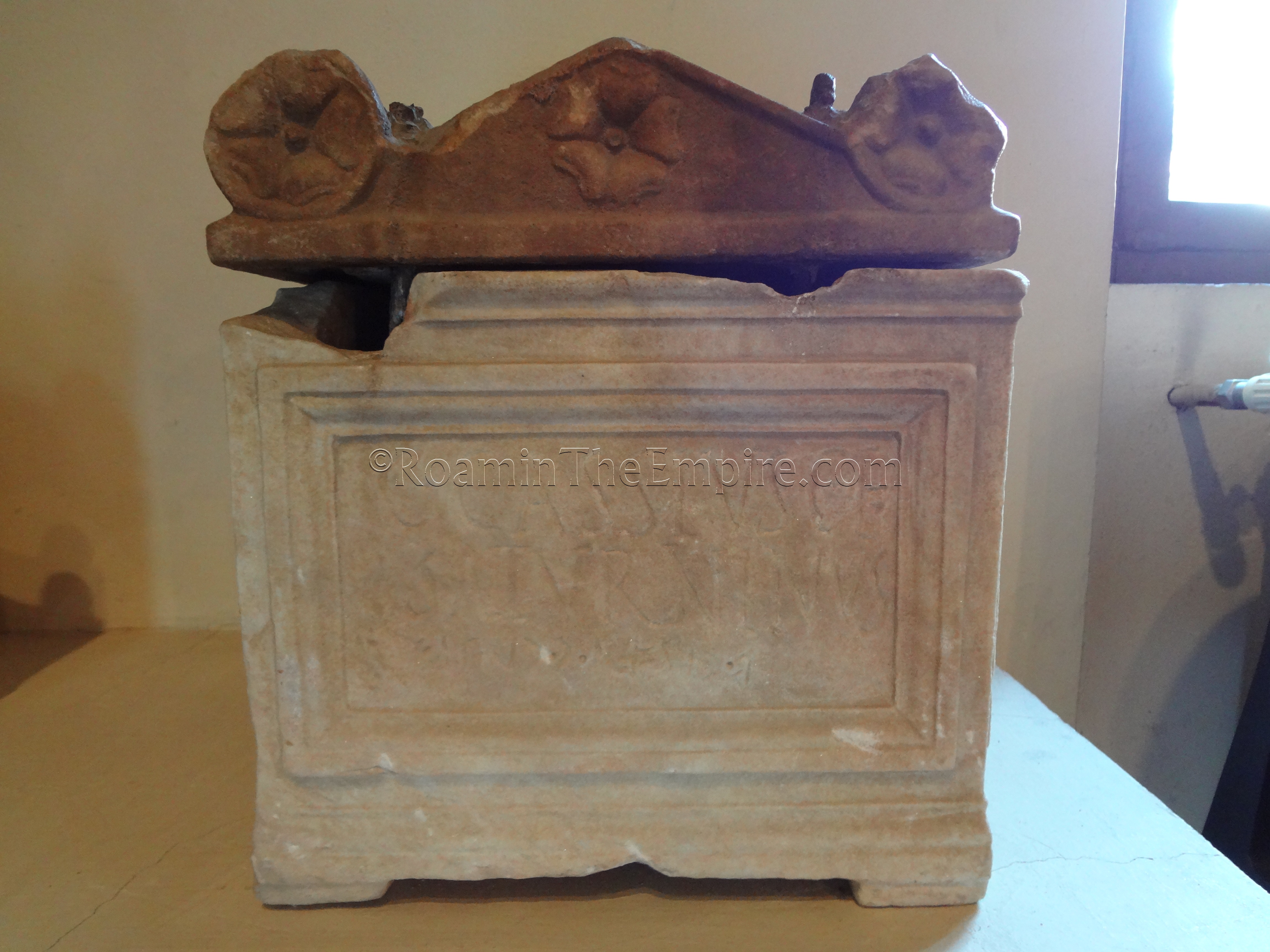
In 283 BCE, Arretium was besieged by the Senones. A Roman army was sent in assistance, under the praetor Lucius Caecilius Metellus Denter, but was defeated by the Senones in a battle outside the walls of the city, which resulted in 13,000 Roman losses, including the praetor. With the invasion of Italy by Hannibal in the Second Punic War, the strategic location of Arretium necessitated occupation of the city by Gaius Flaminius Nepos, who later died at the disastrous Battle of Lake Trasimine, to prevent its falling to Hannibal. Arretium seems to have still come under suspicion of defection later during the Second Punic War and required first the presence of Marcus Claudius Marcellus and then taking of hostages by Gaius Terentius Varro to prevent such an action. In the latter stages of the war, though, the city is noted as having provided a large amount of weapons, tools, and wheat for Scipio Africanus’ campaign in Africa.
During Sulla’s Civil Wars, the city supported Marius and was subsequently penalized in territory and status, as well as suffering a great deal of damage in the process (which included a dismantling of the walls), and had a colony of Sulla’s veterans, the Arretini Fidentores, settled there. Shortly thereafter, Arretium, perhaps galvanized by Sulla’s penalties, was the origin of a number of supporters of Catiline.
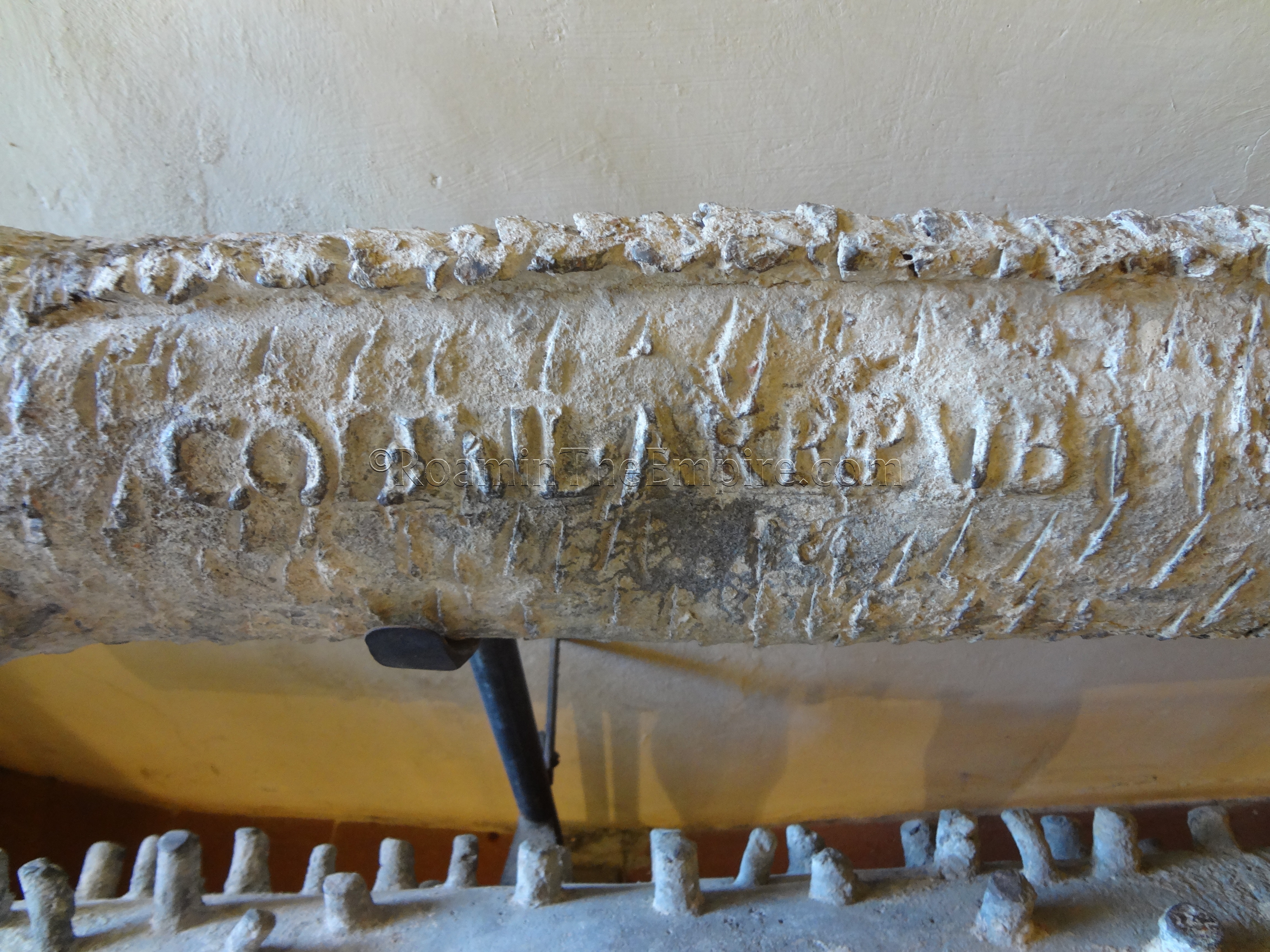
Arretium was occupied by Julius Caesar soon after he crossed the Rubicon and later became the location of the settlement of some veterans either of Caesar or Augustus, the Arretini Juliensis. The Liber Coloniarum notes an Augustan era colony at the location of Arretium; Arretium Julium. Pliny writes that around this time, in addition to the Arretini Juliensis and Arretini Fidentores, there was a third population group associated with the city, the Arretini Veteres, though that group may have occupied an older site to the SE of the modern (and Roman) city where some Etruscan remains have possibly been located. Arretium flourished in the Augustan age and became a well-known pottery manufacturing center. The close friend and ally of Augustus, Gaius Cilnius Maecenas was thought to have been born in Arretium sometime around 70 BCE. Though his actual birthplace is not recorded, both his parents were from the city and there is a strong possibility he was born there.
Getting There: Arezzo is moderately well-connected modern city, and therefore getting there is relatively easy. From Florence, it is a direct train to Arezzo that takes between half an hour and an hour and a half depending on the type of service (from fastest to slowest; Frecciarossa, Regionale Veloce, Regionale). Accordingly the price will vary, with the fastest costing 14.90 Euro and the two slower options 8.40 Eruo. From Rome, the trip is a little longer taking between 2 hours and 2 and 45 minutes. The two options are the Regionale Veloce and Intercity trains, which have a large variation in cost; anywhere from 12.90 Euro and 27.50 Euro depending on the type and time. The trains from Rome are also direct with no changes. Schedules and prices can be found at Trenitalia. Buses from other cities, particularly in Tuscany are also an option. While I took the train from Siena to Arezzo, I did take the bus back. Unfortunately, bus information online is sometimes very hard to come by, and I only took the bus back because it was a little cheaper, relatively the same time, and I had a posted schedule in front of me when making the decision. Arriving/departing by bus or train puts one in pretty much the same area, with the bus ticket office being in the same building as the train station, and the primary bus bays being located across the street to the northwest of the train station. From those locations, it is a short walk southeast (right when exiting the train station) down Viale Michelangelo or Via Spinello (the two streets are separated by a small greenbelt) and then northeast (left) on Via Margaritone to the Roman amphitheater and the Museo Archeologico Statale Gaio Cilnio Mecenate.
While there are theoretically some remains of the aqueduct and associated structures in the Passeggio del Prato park in the northeast of the city (the subject of some archaeological work in the time since I visited the city) as well as in some neighborhoods in the east, the only significant work remaining from the Roman period the can be visited is the amphitheater.
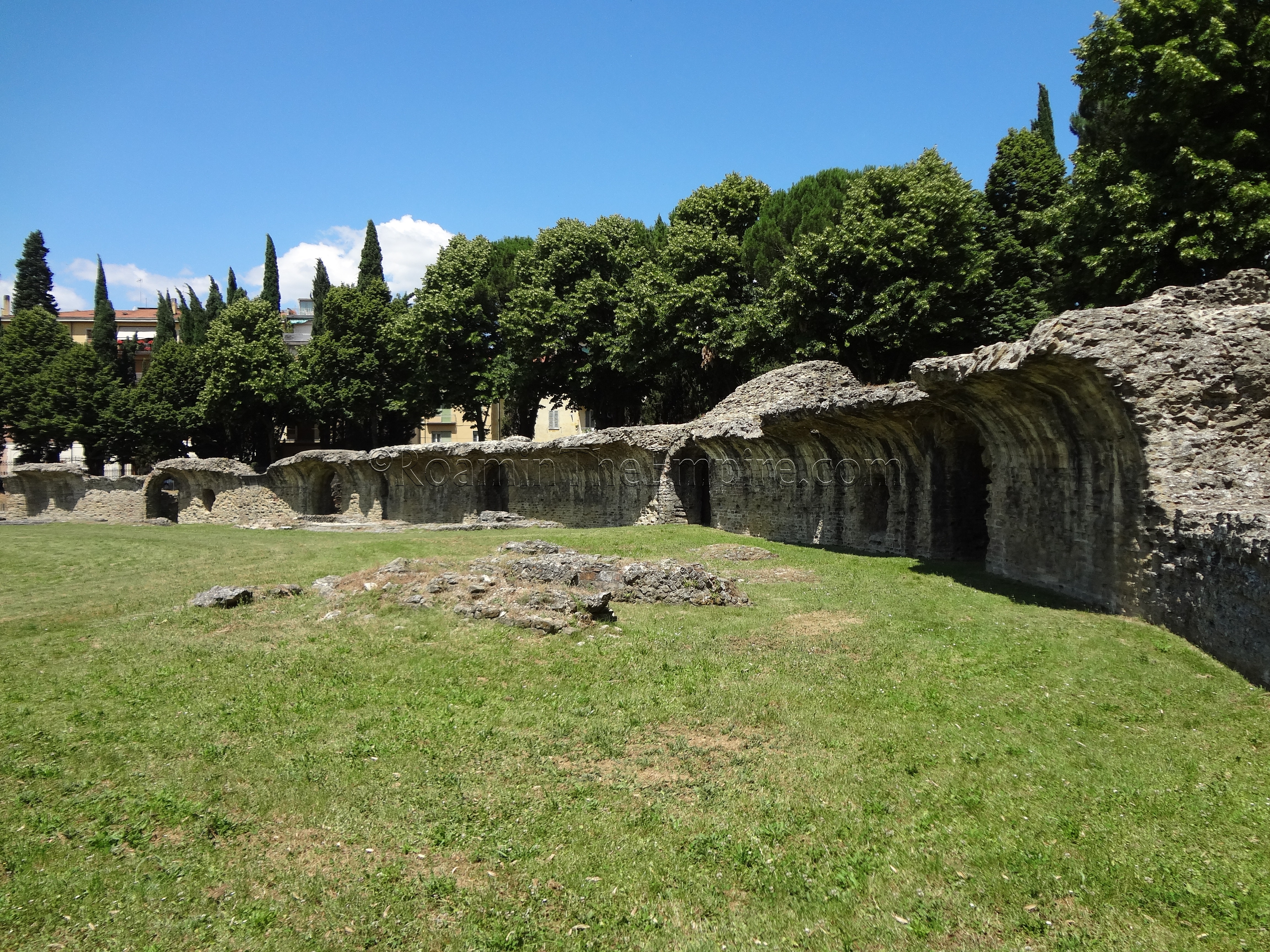
The amphitheater of Arretium was constructed in the early 2nd century CE and was located in the southern portion of city. It measures about 121 meters at its long axis and about 68 meters across. It is estimated to have held about 8,000 spectators. While the main structure and form of the amphitheater is clearly visible, much of the building is gone, probably subject to looting of building materials following the Roman period. In the 16th century, the Monastery of San Bernardo was built over the southern section of the amphitheater, and it is that monastery which is now occupied by the Museo Archeologico Statale Gaio Cilnio Mecenate.
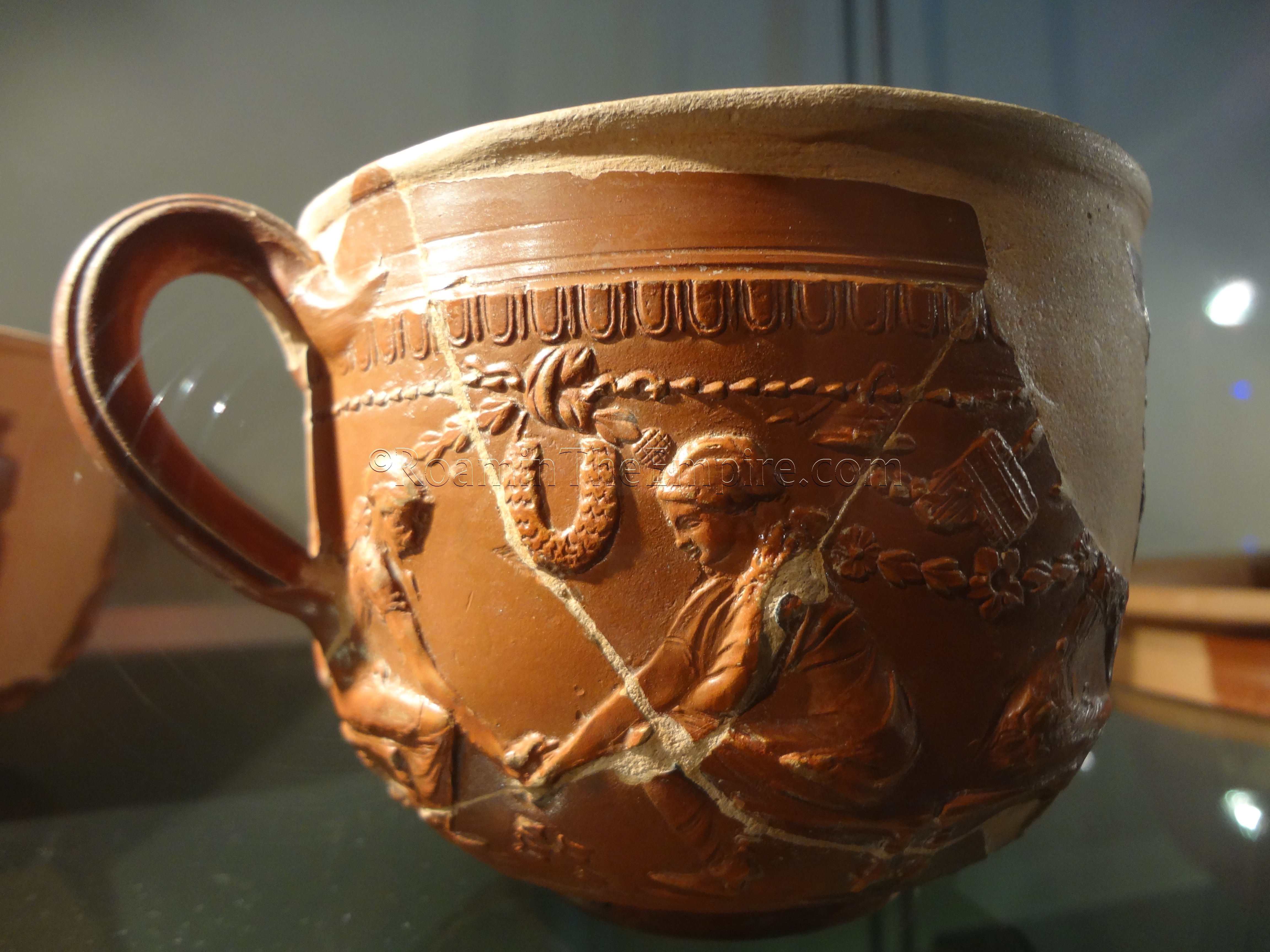
The museum, named after Arretium’s most famous son; Gaius Cilnius Maecenas, contains a medium sized collection of Etruscan and Roman artifacts from the area. Of particular interest is the large collection devoted to the locally produced Arretine ware pottery. Aside from numerous examples of the finished ceramics, there are also many examples of moulds used in the production. For anyone particularly interested in Italian terra sigillata, the collection here is not to be missed.
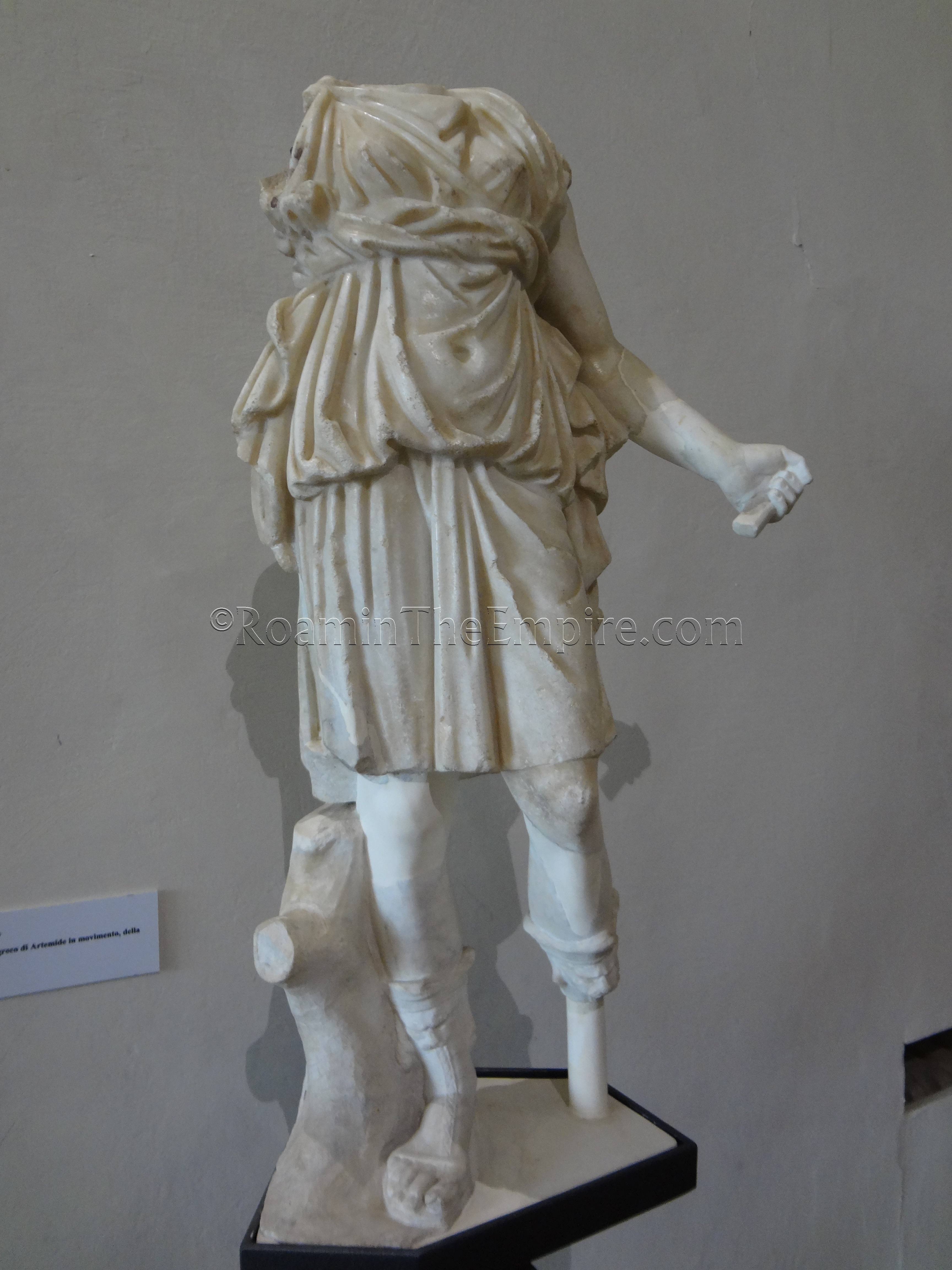
There’s not much large statuary, but there are a few pieces. There are a lot of smaller bronze pieces of both Roman and Etruscan production. Two of the most famous large bronze statues associated with the city, the Chimera and Minerva, both of Etruscan production, are not displayed at the museum, but are rather at the Museo Archeologico Nazionale di Firenze.
Overall, it’s a moderately sized museum with a good collection of local artifacts. At my pace, it took a little over two hours to get through it. Regular admission is 6 Euro, with the reduced being half that. Information on hours can be found here.
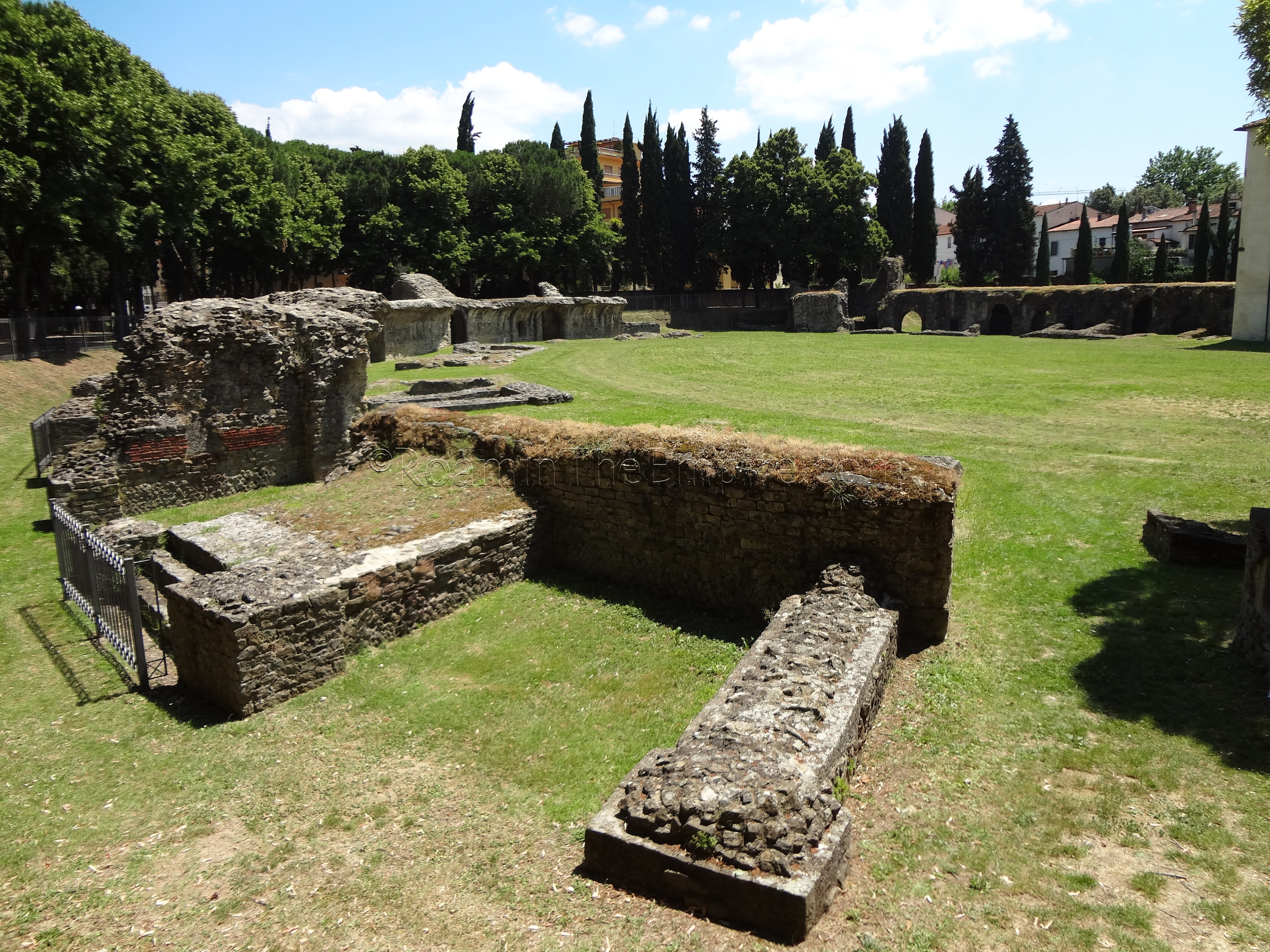
The amphitheater is accessed from outside the museum near the entrance, and needed to be opened by the museum staff for access, though it was unclear if that was normal or if they had just forgotten to open it that morning. The amphitheater itself can be seen in well under a half an hour unless one plans on doing close inspection of certain features. Together, the museum and amphitheater can easily be seen in 2 and a half hours. Giving 15 minutes each way between the museum and the train station, and that’s a pretty liberal allowance, the bare minimum needed in Arezzo is probably about 3 hours to see the museum and amphitheater.
Sources:Cicero, Pro Lucius Murena, 24.
Dionysus of Halicarnassus, Roman Antiquities, 3.51.
Livy, Ab Urbe Condita, 9, 10, 22, 27, 28, 39.
Pliny the Elder, Historia Naturalis, 3.8.
Reid, J. S. “I. Some Aspects of Local Autonomy in the Roman Empire.” Cambridge Historical Journal 1.02 (1924): 121-25
Scullard, H. H. A history of the Roman world: 753 to 146 BC. London: Routledge, 1980.
Smith, William. Dictionary of Greek and Roman Geography. Vol. 1. Boston: Little, Brown & Co., 1854
Stillwell, Richard, William L. MacDonald, and Marian Holland. McAllister. The Princeton Encyclopedia of Classical Sites. Princeton, NJ: Princeton U Press, 1976.



